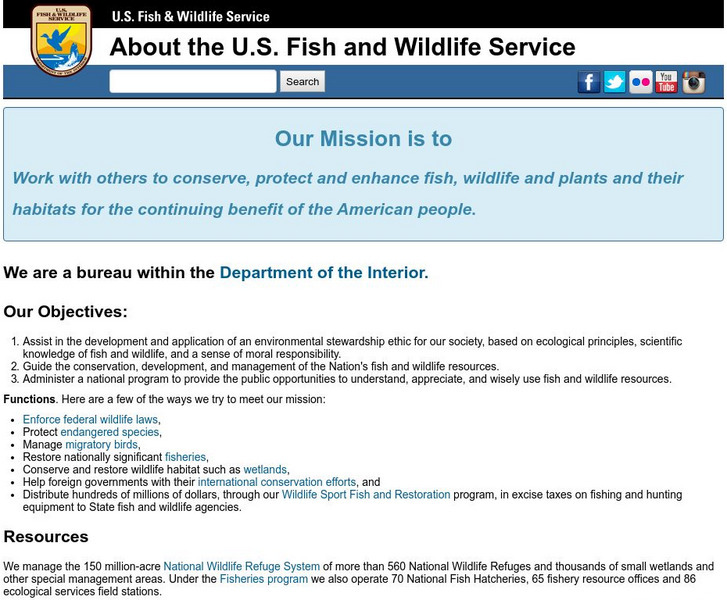US Environmental Protection Agency
Epa: Epa Voices Support for Safe Drinking Water Act
This 1973 EPA press release endorsed the historic legislation that improved the quality of U.S. drinking water.
US Environmental Protection Agency
Epa: Conservation
Official site with information and resources relating to all aspects of environmental conservation: data, maps and laws. Specific environmental information by zip code provides immediate relevance to your world.
US Environmental Protection Agency
Epa: 25 Years of the Safe Drinking Water Act: History and Trends
A resource from the Environmental Protection Agency that discusses the 25 years of progress, how the Safe Drinking Water Act has protected our health, standards for tap water, and the public's right to know.
Other
Ncdeh: Drinking Water
This site from the North Carolina Department of Environmental Health discusses the impact of Safe Drinking Water Act on wellhead protection, wellhead guidelines, delineation, management, contingency plan, and public involvement.
US Environmental Protection Agency
Epa: Water Sense
After learning simple water-saving tips, students play a game in which they guide "water-efficiency hero Flo" through a maze of pipes, avoiding "water-wasting monsters" and answering questions about water use.
US Environmental Protection Agency
Epa: The Spirit of the First Earth Day
This article is an in-depth description of the first Earth Day, and includes the impact the demonstration had on the environmental movement.
US Environmental Protection Agency
Epa: Hypoxia 101
Explains what hypoxia is, its causes, the sources, why it is important to reduce it, and where it occurs around the world. Includes a diagram showing how hypoxia develops in a water body and links to lots of additional resources.
Columbia University
Nasa: Sedac: Health and the Environment
[Free Registration/Login Required] A collection of twenty-three data sets from SEDAC (Socioeconomic Data and Applications Center) that examine health issues and how the environment impacts health in areas around the globe. They look at a...
TeachEngineering
Teach Engineering: Environment
Through 10 lessons and more than 20 hands-on activities, students are introduced to the concept of an environment and the many interactions within it. As they learn about natural and human-made environments, as well as renewable and...
Other
American Society of Landscape Architects: Green Roof
An interactive experience showcases environmental and economic benefits of a green roof. Take a virtual tour of a real green roof and learn about a career in landscape architecture. Downloadable workbook is available for students, while...
Tramline
Tramline: Getting Green Virtual Field Trip
In this comprehensive website, students will learn about different forms of pollution, environmental impact of pollution, global warming, and things they can do to make a difference.
US Environmental Protection Agency
Epa: List of Drinking Water Contaminants
Table outlines the EPA's standards for safe drinking water, defining levels of contaminants and listing possible sources of these contaminants.
US Environmental Protection Agency
Epa: Where Does Your Water Come From? [Pdf]
Where does your drinking water come from? This resource features a clear and concise explanation for this question. This resource will be beneficial to students and teachers.
Other
South Carolina Forestry Commission: Best Management Practices: Clean Water Act
Information about the first federal legislation to address pollution caused by stormwater runoff from the landscape.
Other
Earth Day Canada: Eco Kids: Use a Reusable Water Bottle
Did you know that used bottles and cans often end up in landfills or worse, in our lakes and oceans or on the ground as litter! This pollution hurts birds, turtles, and other wildlife. These are some of the reasons why we should use...
Other
A River Runs Through It Learning Project
In this year long learning project integrating mathematics and science, students solve environmental problems using data collection and problem solving concepts. Designed for upper elementary gifted students. Interactive components and...
Environmental Education for Kids
Eek!: Community Action & Citizen Science: Adopt a Beach
Learn about a program in Wisconsin called Adopt-a-Beach. Schools, families, businesses and community groups adopt beaches and shoreline areas in their local community to conduct litter removal and monitoring and water quality testing.
US Environmental Protection Agency
Epa: A Kids Adventure Story
This cartoon describes what the EPA's Superfund is and how water can become polluted. A lab experiment with Q&A is included.
PBS
Now With Bill Moyers: You Be the Judge
Study and evaluate a recent U.S. Supreme Court case that reviews jurisdiction of the Clean Water Act and assesses environmental and business interests. Research and debate a case argument, and analyze case information in order to make a...
US Fish and Wildlife Service
U.s. Fish and Wildlife Service
Outlines the role of the Fish and Wildlife Service in protecting, conserving, and researching the fish and wildlife of the United States. Includes information about the role of DDT and its environmental effects.
Other
North Carolina Department of Energy and Natural Resources: Grade Your Schoolyard
What is your school doing to protect and conserve water? Use the following questions to find out. When you are done, make some suggestions for how your school could improve. What could you and your class do to help?
Environmental Education for Kids
Eek!: Water Wonders: Mercury in Homes and Schools
Learn where mercury can be found at home and at school, how exposure affects humans, ways to protect yourself from it, and the damage it is doing to the natural environment.
US Environmental Protection Agency
Epa: Enviro Mapper Store Front
Lets kids create their own maps, down to the square mile, anywhere in America, choosing various features from water discharges to hazardous waste to roads.
Better Planet Productions
Earth Care: Wild Waters Downtown
Urban settings have many wild animals and they need water just as humans do. Students will investigate the animals around them and determine where they get clean water. This is followed by a discussion of how these animals might be...


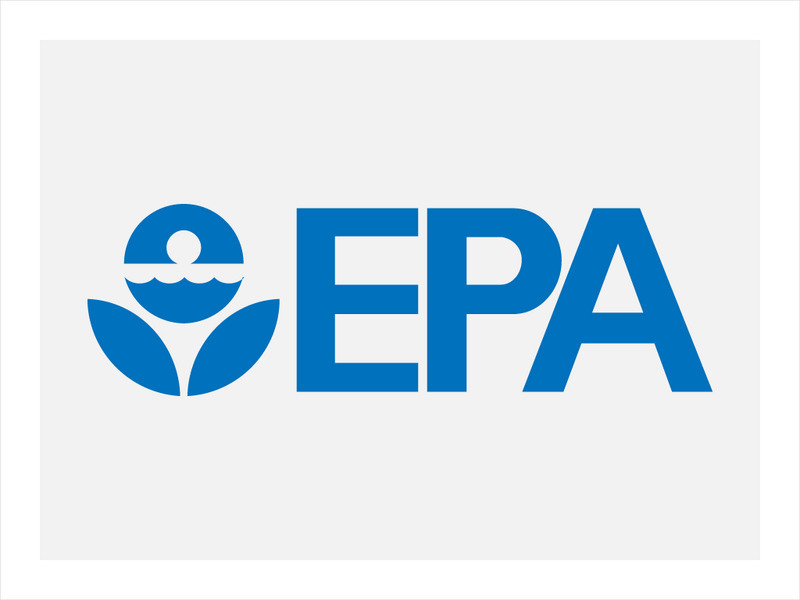


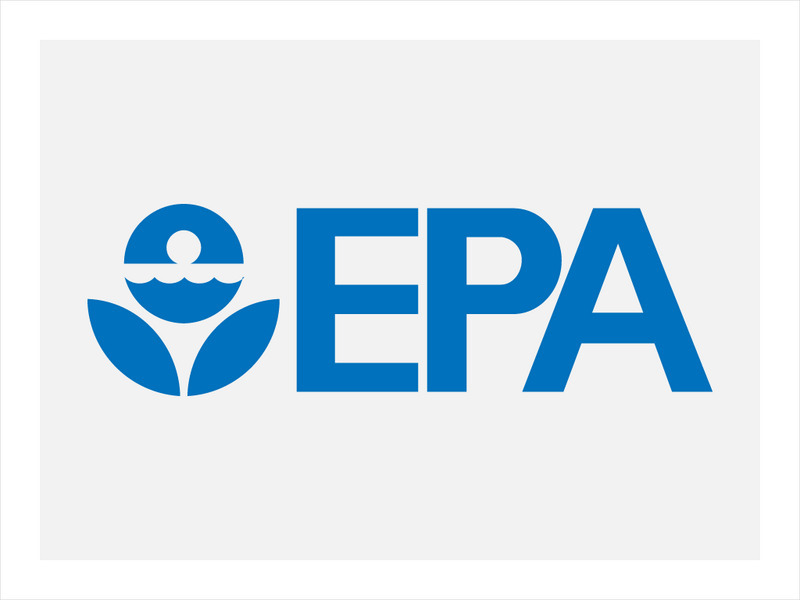

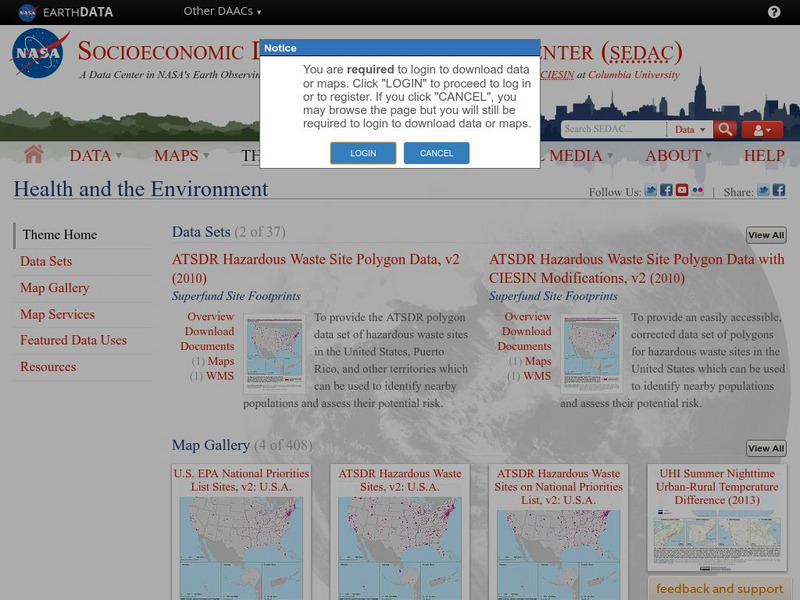

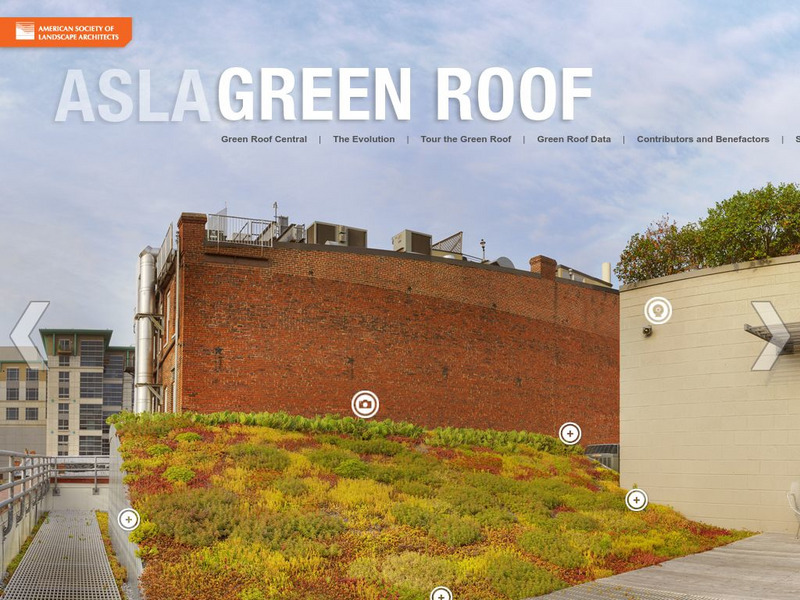


![Epa: Where Does Your Water Come From? [Pdf] Lesson Plan Epa: Where Does Your Water Come From? [Pdf] Lesson Plan](https://content.lessonplanet.com/knovation/original/41160-83ff7c05b0f0460206fa551d2700d8dc.jpg?1661270414)





